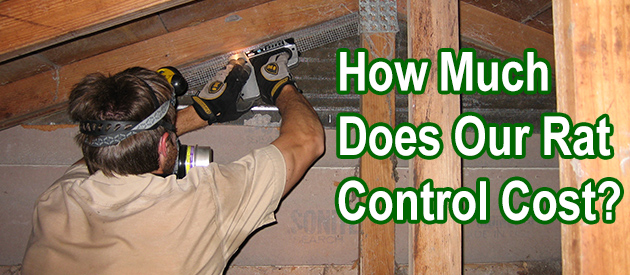Hillsborough County, Manchester Rat Control Situation:
Hello, I have problems with a feral cat and an opossum and a bear in my yard in Manchester CT. And I would like some advice about who I should call, because I have dealt with two companies in the area already who charge a lot of money and do not actually get rid of the problem. Two years ago, I paid a company to remove a flying squirrel who had gone down our chimney and was popping up in the house. They told me to have trees cut down around the house, which I did, which was also very expensive! They removed one of the squirrels in the area, but I know that there are still flying squirrels here as I can hear them at night running up the telephone wires and running across the roof. Last year, I paid a wildlife company to trap some squirrels on the roof who were damaging the chimney. Although they removed a mother and two baby squirrels, they were unable to catch the other two squirrels who continue to run around the roof. Please, could you recommend a reputable company who could help me with these animals, as I am tired of paying companies who don't actually help and don't return your money.
Manchester Rat Control Tip of The Week
What Surfaces Are Rats Able To Climb?
Discovering rodents on your rooftop or in your attic may surprise you. These are places that are, to some degree, difficult to reach and require some uncommon climbing capacity. For rodents, however, that isn't that difficult to manage. Rats are astonishing climbers. They can climb anything. If there is something to hold on to, they can climb it. To get to food and water and their home, they will climb anything. From trees to blocks to stone, they will climb it. This implies they can get into pretty much anything. It doesn't make a difference if it is an opening at base level or in the rooftop, they can get to it.
Extraordinary Climbers
Most rodents are good climbers. Squirrels, mice, rats, and other rodents can climb pretty much anything. It is of nothing unexpected to individuals who see them frequently; however, the degree of their climbing capacity despite everything is surprising to a few. Climbing trees, plants, and anything with a good foothold is no problem. They can snatch on and climb any of that to get to where they need to go. A lot of people expect this as they see it often in rodents like squirrels.
What It Means For You
It is impressive, however, it tends to be a real torment for homeowners. Since rodents are astounding climbers, they can get into any place. If there is an opening anyplace in your home, rodents can arrive at it. They get into these openings and make their homes in a matter of moments, causing chaos. This is why extra care is required when it comes to sealing any potential holes. Since rodents can fit through even tiny spaces, you want to limit their options.


